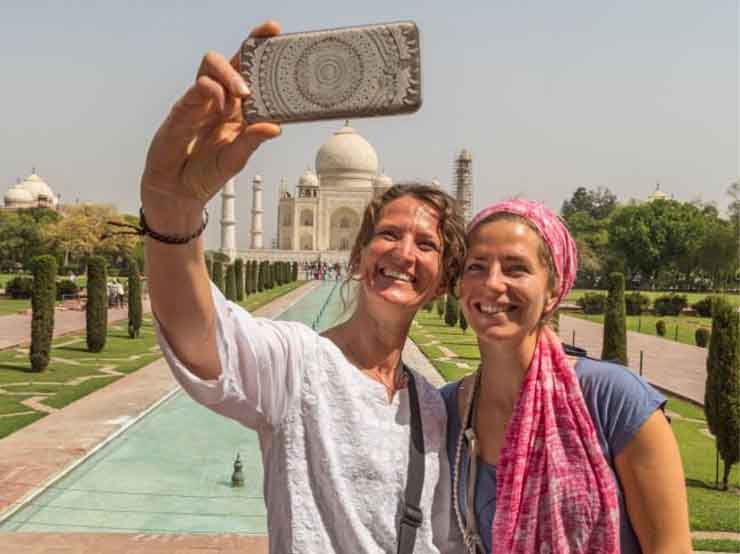The Taj Mahal, one of the most celebrated monuments in the world, continues to enchant millions of visitors every year. However, to ensure both safety and preservation, several new rules and regulations have recently been introduced. If you’re planning a trip soon, it’s important to stay informed. Here’s everything you need to know before visiting this timeless masterpiece.
1. Entry Timings and Ticketing
The Taj Mahal is open to visitors from sunrise to sunset (6:00 AM – 6:30 PM), except on Fridays, when it remains closed for prayers. Additionally, night viewing is permitted on five nights each month—the full moon night and two nights before and after it.
To save time, it’s now strongly recommended to book your tickets online in advance. This not only avoids long queues but also ensures guaranteed entry. Therefore, visitors can easily reserve their tickets through Ticketstajmahal.com, a trusted platform offering official entry tickets and guided tours.
2. Updated Entry Restrictions
To maintain security and the peaceful atmosphere inside the complex, some items are strictly prohibited. Visitors are not allowed to bring:
-
Food or beverages
-
Tobacco, lighters, or matchboxes
-
Drones, tripods, or selfie sticks
-
Large bags, headphones, or books
-
Electronic gadgets other than mobile phones or small cameras
However, small purses and water bottles (up to 500 ml) are permitted. In addition, locker facilities are conveniently available near the entry gates for storing restricted belongings.
3. Mandatory Security Checks
All guests must pass through multi-layered security screening before entry. The process includes metal detectors and X-ray scanning of bags. Consequently, carrying only essential items can help you move through the lines faster.
Moreover, there are separate queues for foreign and domestic visitors, as well as distinct frisking areas for men and women. These measures ensure efficiency, comfort, and privacy for all guests.
4. Dress Code and Etiquette
Although there is no official dress code, modest and comfortable clothing is encouraged since the Taj Mahal is both a religious and historical site. Shoes must be removed—or covered with provided shoe covers—when entering the main mausoleum.
Furthermore, visitors should avoid touching or leaning against the marble walls, as frequent contact can damage the delicate inlay work. While photography is allowed in most areas, remember that flash and video recording are prohibited inside the central dome.
5. Environmental and Preservation Guidelines
To reduce pollution around the monument, vehicles are not allowed within 500 meters of the main complex. Instead, visitors can conveniently use battery-operated carts, electric buses, or traditional tongas from the designated parking areas.
In addition, guests are urged to keep the premises clean and dispose of waste responsibly. Every small effort contributes to preserving the beauty of the Taj Mahal for future generations.
6. New Visitor Facilities
Recent upgrades have made visiting even more enjoyable. For instance, you’ll now find clear signage, modern ticket scanners.
Plan Your Visit Easily
Exploring the Taj Mahal is truly a once-in-a-lifetime experience. Therefore, planning ahead will make your trip smoother and more memorable. For updated information, guided tour packages, and secure online ticket booking, visit Ticketstajmahal.com.
By following these updated rules and preparing in advance, you can fully enjoy the breathtaking beauty of this eternal symbol of love.










Comment (0)